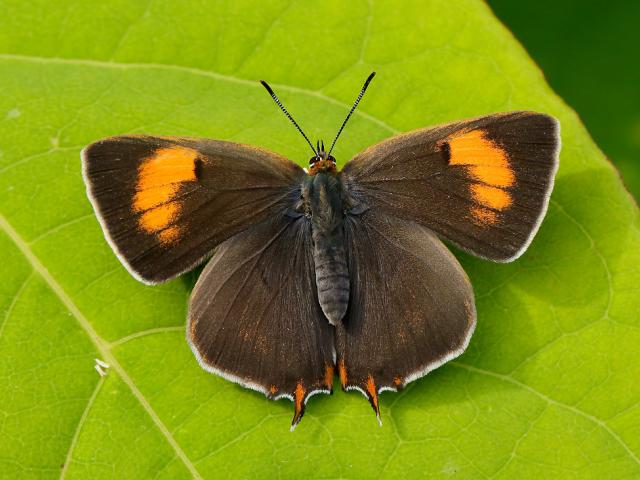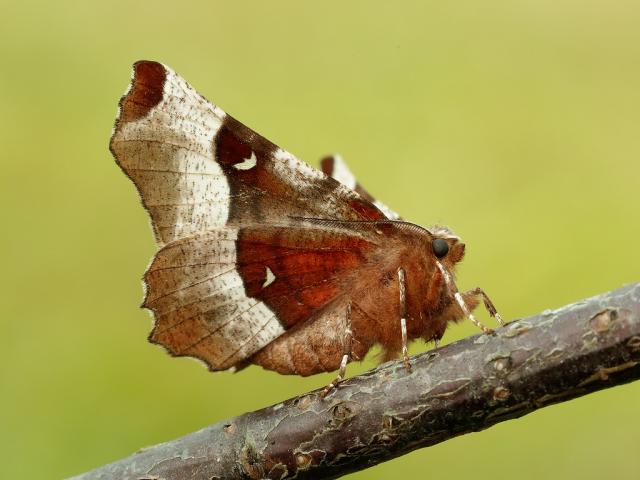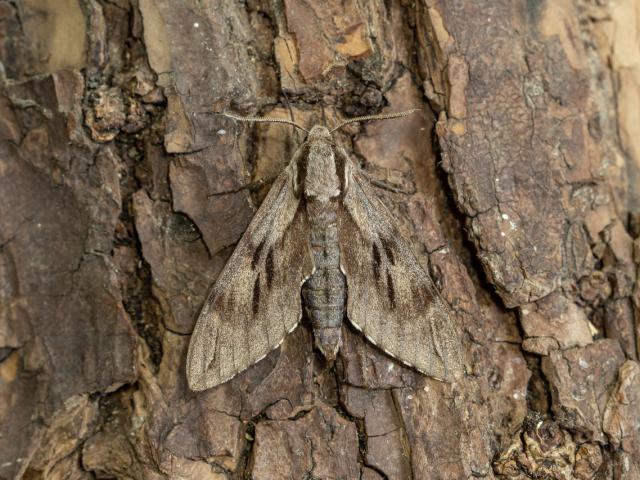

Ensuring sustainability of forests requires that during the present and the future, the biodiversity, productivity, regeneration capacity and vitality, for relevant ecological, economic and social functions are sustained at various spatial scales.
UK plantations largely consist of monocultures of non-native tree species such as Sitka Spruce and Western Hemlock. The majority of plantations are dominated by one tree species, which contrasts strongly with plantations in Europe and native woodland, where multiple native tree species are present.
Plantations in the UK are routinely managed under a system called clear fell and replant (CFR), which involves harvesting trees all at once, sometimes over tens of hectares. This form of management became intensive during the 20th century after timber shortages during the two world wars.
In 2019, 85% of commercial woodland in the UK, was documented as having an even-age structure. Such forests lack the structural diversity, which is an important factor for woodland biodiversity. The lack of structural diversity in UK forests is unsurprising given that forest models are based on simple even-aged structures, which effectively treat forests as a production line rather than an ecosystem.
How do forests develop?
Forest stand development has been classed into four categories as described below. SCHEMATIC
1) Stand initiation stage
- Occurs after a disturbance event.
- Initial tree growth
2) Stem exclusion stage
- Canopy closes.
- Intense competition and self-thinning of the woodland occurs.
3) Understorey reinitiation stage
- New tree recruitment beneath canopy.
- Canopy more open and gaps form due to tree mortality.
4) Complex or mature growth
- Irregular structure begins to form.
- Multiple tree age classes.
Under CFR principles the majority of forests never reach the understorey reinitiation or mature growth stage, both of which are key habitats for biodiversity.
For example many migrant warblers need a structurally diverse understorey, bats need open areas for foraging, lichens need ecological stability and Lepidoptera require warm, sunny microclimates for larval development.
Continuous Cover Forestry: an alternative to clear-fell
Continuous cover forestry is an alternative forest management technique to clear-fell, widely used in Europe. This form of forestry is often defined as ‘closer to nature’ whereby individual trees are selective felled at various different places and points in time. This maintains a continuous canopy and reduces disturbance to the ecosystem as a whole. The four key aspects of continuous cover forestry are as follows:
- Manage the forest ecosystem rather than the trees. There is as much focus on what is left to harvest at a later date than what is removed.
- Use successional principles to create disturbance as basis for regeneration and stand management.
- Accept and work within the site limitations. Use locally suitable timber trees based on the site geology and climate.
- Maintain a diverse irregular stand structure with a mixture of tree species present.
The focus of continuous cover forestry is therefore greatly different from clear-fell and considers a much wider range of non-timber benefits from forestry. For instance there is a greater focus on improving individual stem quality and attributes, which results in a longer production cycle with more old trees of large diameter and high quality.

Irregular Forestry
At the core of the wider concept of CCF is irregular high forest management (IFM), a management type that creates permanent irregular structures. IFM involves periodically and selectively harvesting individual trees or small groups of trees, creating a permanently irregular structure of mixed size stems. Some of the feature of irregular forestry are listed below.
- Existing trees with good timber potential are allowed to expand in size and this permits the long-term regeneration and sustainable development of the stand.
- Encourages the majority of stems within a stand to develop good crowns.
- A mixture of tree species increases resistance to disease and pathogens.
- Natural regeneration of trees takes place sporadically throughout the stands and increases the chances of continual adaption to changing environmental or climatic conditions.
- The presence of an under-storey is encouraged.
- Flexibility to allow individual retention of trees, such as veterans, those supporting rich epiphytic flora, and trees of particular historic or landscape value.
- Potential for increased ecosystem functioning and services such as carbon sequestration. Carbon sequestration is important in tackling climate change and more diverse woodlands, sequester more carbon.
The pros and cons of different forestry types
Heterogeneity of woodland is required at a landscape scale in order to deliver for a range of species and ecosystem services. The below table highlights some of the key differences between clear fell and irregular forest management.
|
Type of Forestry Management |
Benefits |
Drawbacks |
|
Irregular Forestry |
|
|
|
Clear Fell and Replant |
|
|

Biodiversity and Irregular Forestry
Managing using irregular forestry principles in commercial woodlands has the potential to deliver for biodiversity. This has been highlighted in the scientific literature but has been limited to a few well studied taxonomic groups such as birds and a small selection of woodland types.
- The BTO have studied continuous cover forestry and bird populations in Sitka Spruce and native Scots Pine woodlands.
- A PhD at the Rushmore Estate studied multiple taxonomic groups, comparing the difference between irregular forestry, stands with no intervention for 30 years, and coppice blocks. The results of this study are beginning to emerge with a paper on birds indicating that irregular forestry delivered for species of conservation concern such as the Marsh Tit.
Why are Butterfly Conservation interested in researching irregular forestry?
One of Butterfly Conservations core aims is to increase the numbers of widespread species. This can be achieved by conducting research to influence land management and policy. It is vitally important conservation efforts now integrate work on wider-countryside species and consider biodiversity at an ecosystem scale as a dynamic, connected entity. Commercial forestry is a large land use in the UK. Influencing the way woodland is managed can therefore be of significant benefit to Lepidoptera and biodiversity as a whole.

